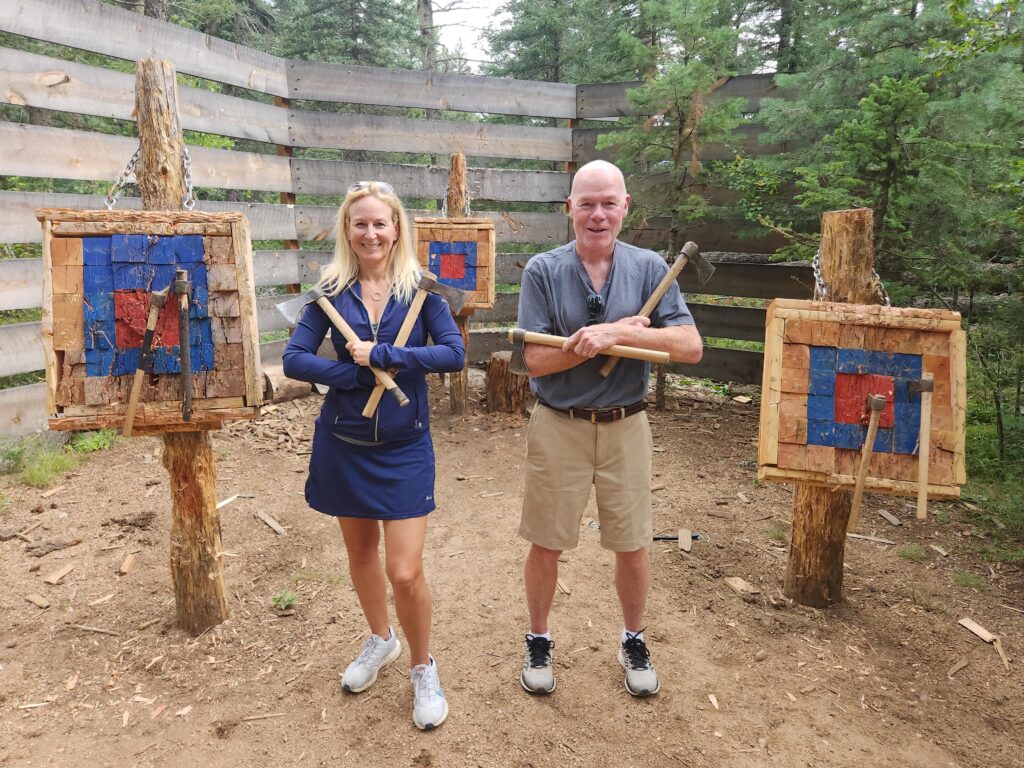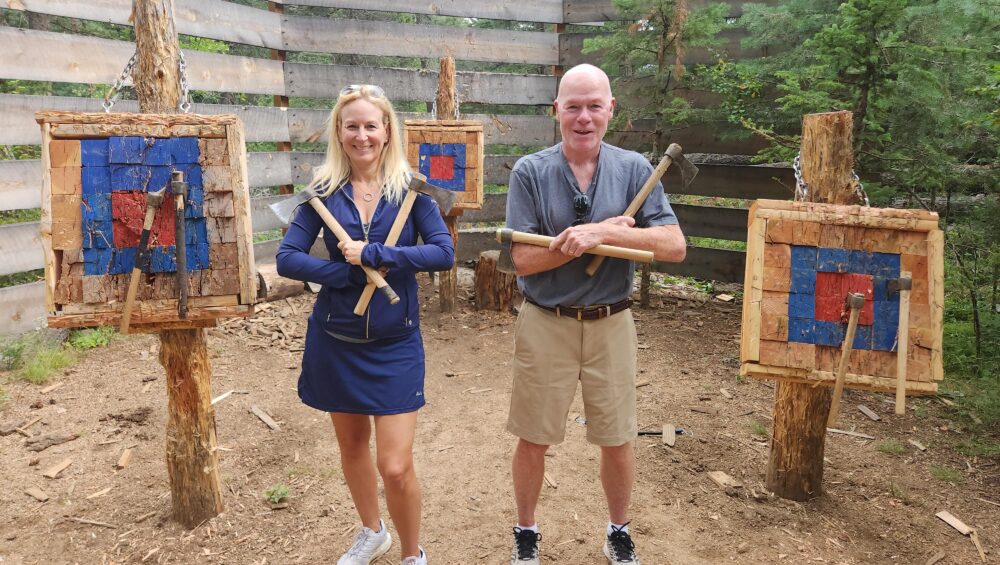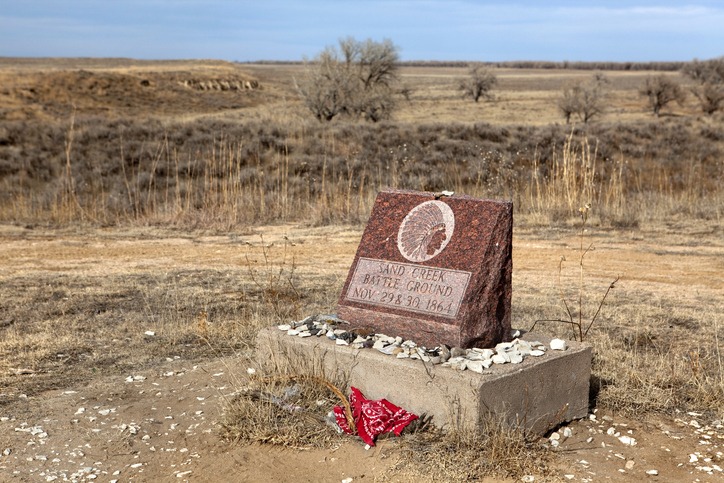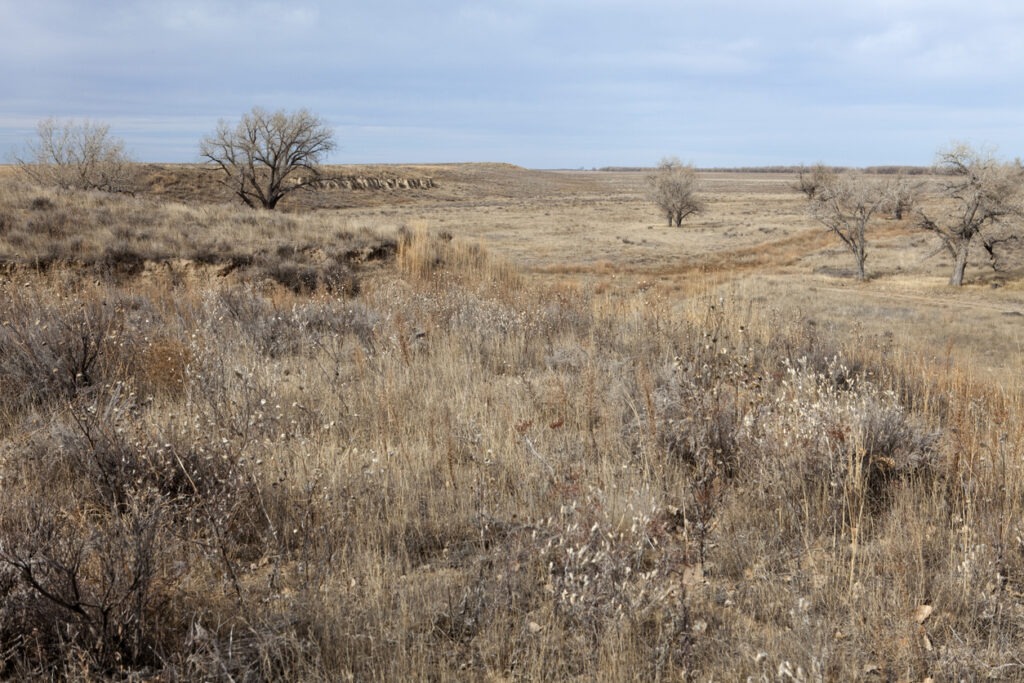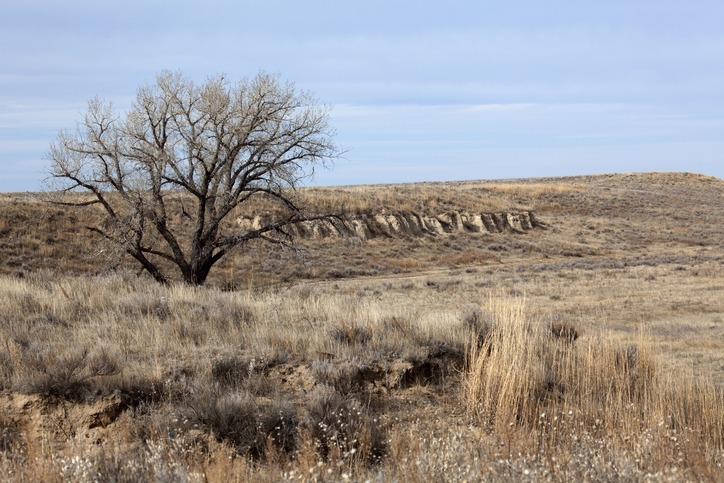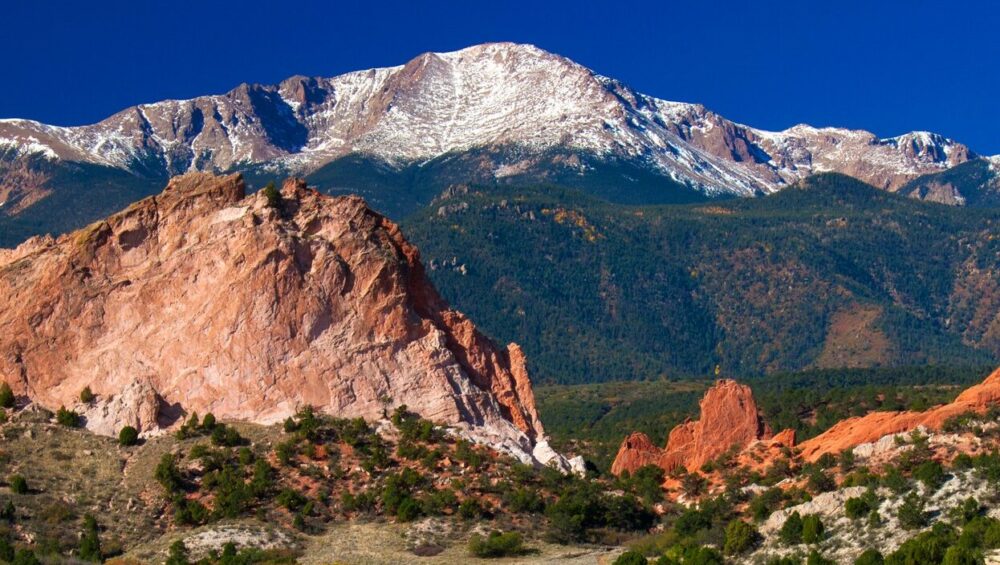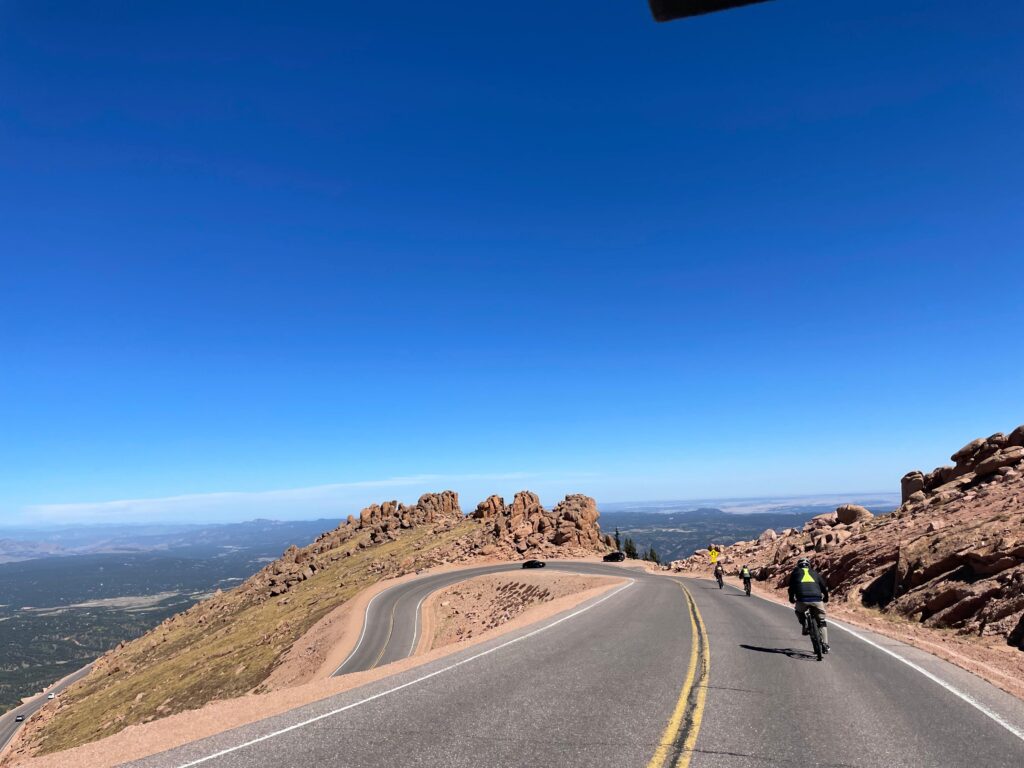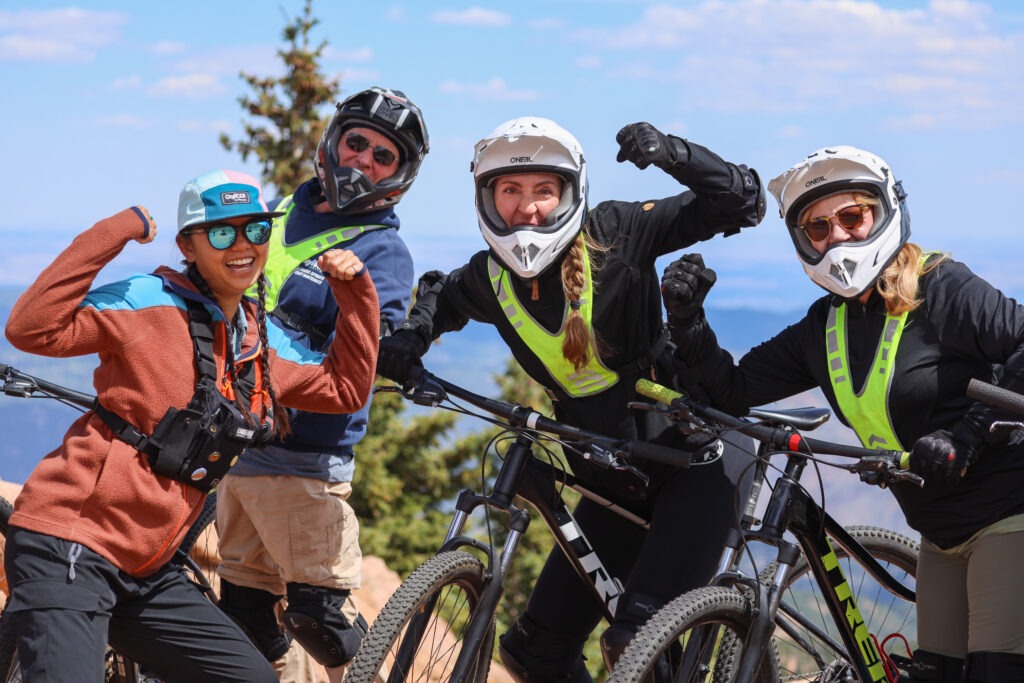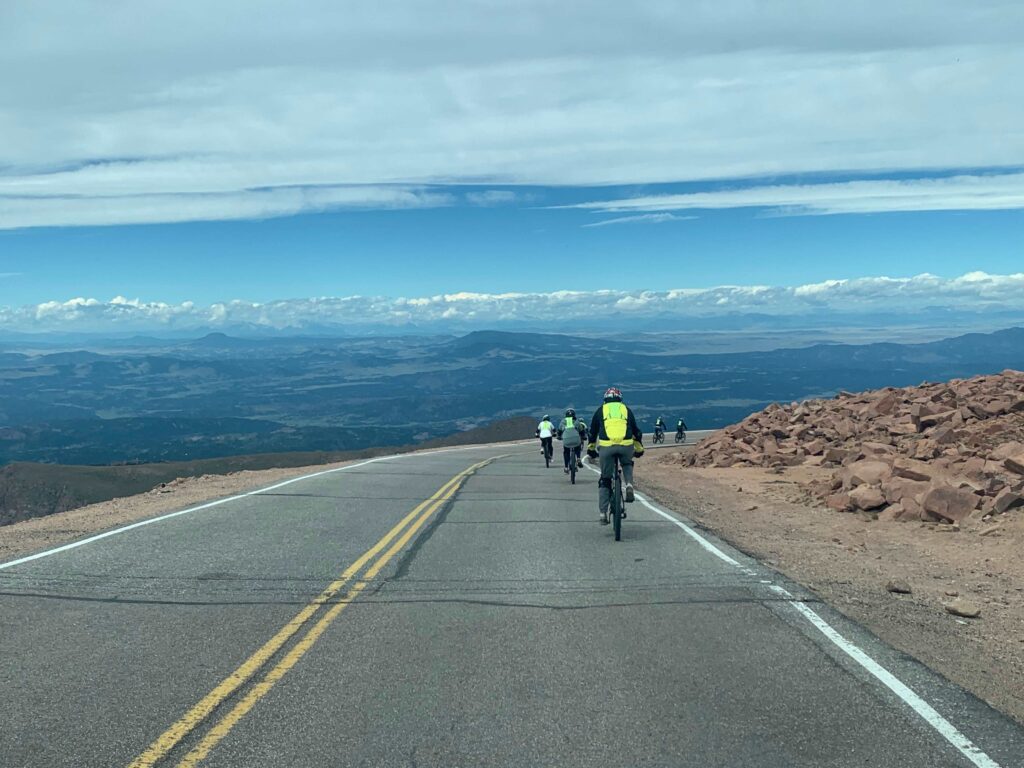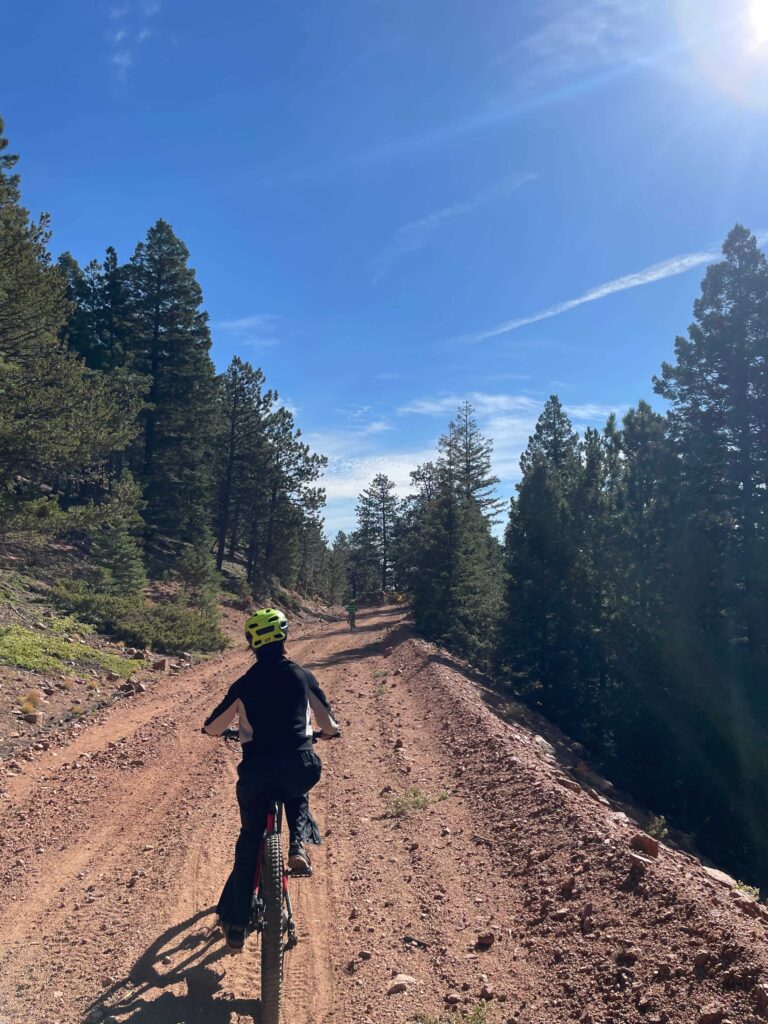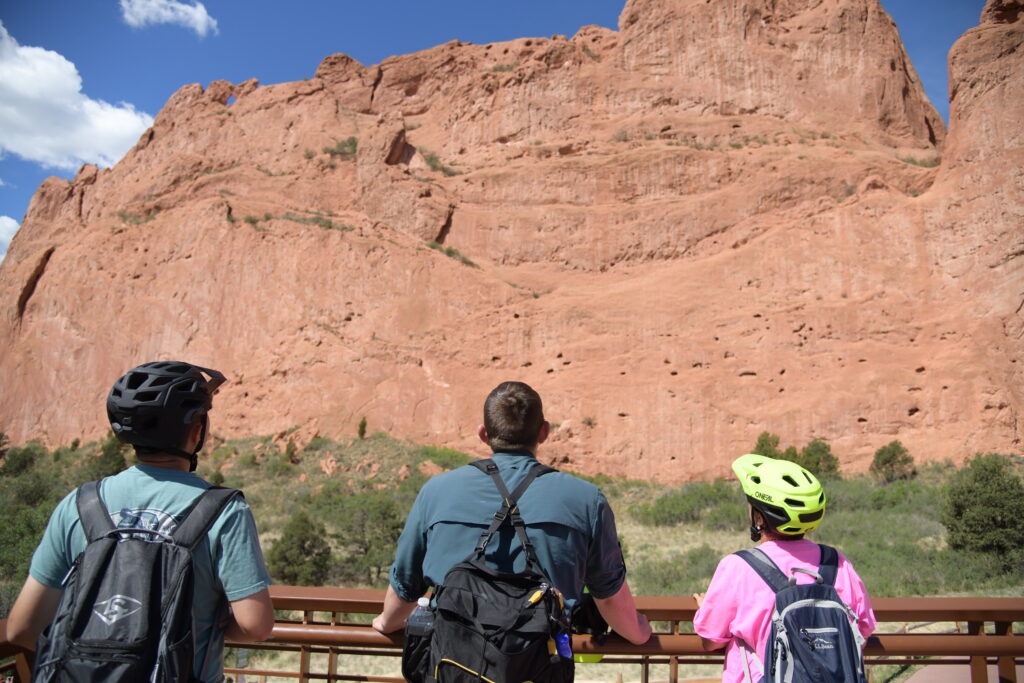If you’re looking for a new activity that’s part sport, part stress relief, and all-around fun, it’s time to try tomahawk throwing in Colorado Springs. Whether you’re planning a corporate event, a team-building outing, or a unique family challenge, this Wild West-inspired skill is surprisingly easy to pick up—and extremely satisfying once you start landing hits.
At Broadmoor Outfitters, our tomahawk throwing sessions are designed to be welcoming, interactive, and competitive in the best way. You don’t need to be a lumberjack or a history buff to get into it—just bring a good attitude, a bit of focus, and maybe a little friendly trash talk.
Here’s how to prepare for your first throw, what to expect from the experience, and tips to help you hit the bullseye like a pro.
What Is Tomahawk Throwing, Exactly?
Tomahawk throwing is the art (and thrill) of hurling a small tomahawk at a wooden target from a set distance. It’s been around for centuries and has roots in Native American and early frontier history. But don’t worry—you won’t be thrown into the woods to fend for yourself.
In a guided experience with Broadmoor Outfitters, you’ll receive:
- Safety instruction and personalized coaching
- A structured throwing range
- Individual and team-based games and challenges
It’s more about precision than power, and you’ll be surprised how quickly your accuracy improves with a little practice.
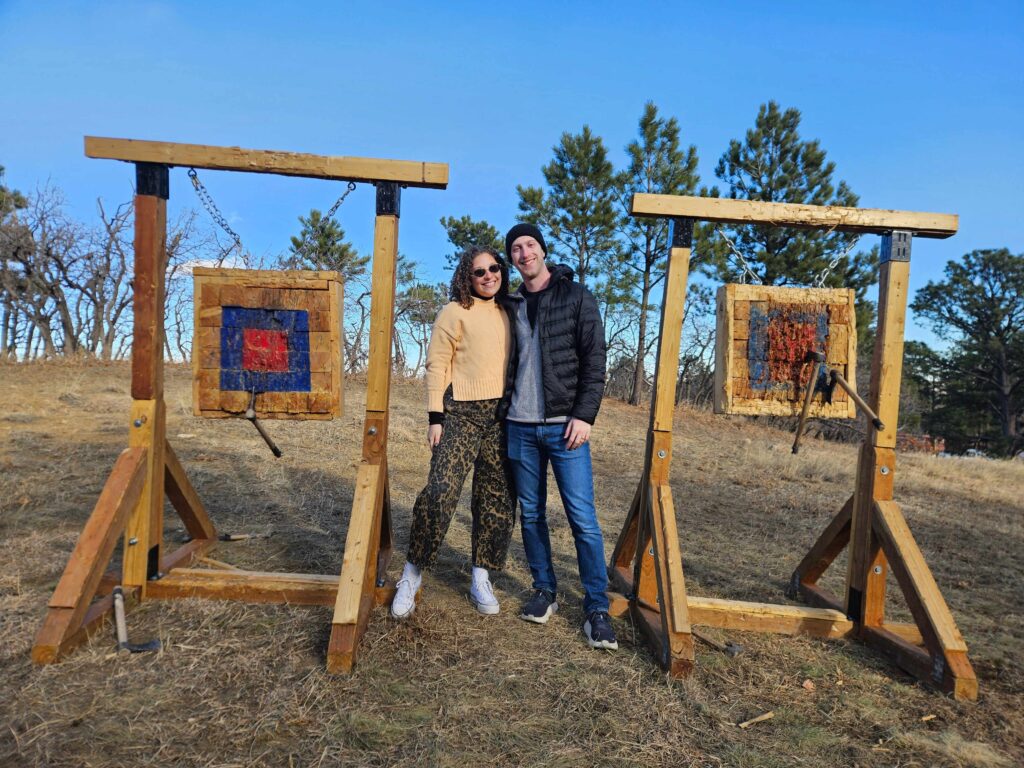
What to Wear and Bring
While you won’t be wrestling tumbleweeds, tomahawk throwing is an outdoor activity—so it pays to dress appropriately.
Wear:
- Comfortable, weather-appropriate clothing (think activewear or casual layers)
- Closed-toe shoes with good traction
- A light jacket or hat if it’s breezy or sunny
Avoid:
- Open-toed shoes or sandals
- Dangling accessories or loose sleeves
- Anything too restrictive (you want full arm movement)
You don’t need to bring your own gear—everything is provided, including tomahawks, safety equipment, and a shaded outdoor range. Just bring your sense of adventure and maybe a reusable water bottle to stay hydrated.
Is It Really That Easy to Learn?
Yes—and no. Tomahawk throwing is one of those activities where anyone can start landing solid throws within minutes, especially with proper instruction. But mastering it? That takes focus, form, and a bit of finesse.
During your session, your instructor will walk you through:
- The basic grip and stance
- How far back to stand
- How to control your rotation
- Tricks to improve your aim and consistency
You’ll quickly discover that technique matters more than strength, and small adjustments can make a huge difference. With a little guidance and repetition, even first-timers can start sticking axes like a pro. For some more tips, check out THIS blog post.

Group-Friendly and Great for Events
Tomahawk throwing makes an unforgettable addition to corporate retreats, birthday parties, bachelor/bachelorette weekends, or team-building days. Broadmoor Outfitters offers it as part of their Wild West Experience , which also includes options like archery and air rifle shooting. These activities can be run as individual stations or turned into a full-blown friendly competition between teams.
The experience is also perfect for groups with varying activity levels, as it doesn’t require intense physical exertion—but it still brings the energy, excitement, and some good-natured rivalry.
Pro Tips for First-Time Throwers
Want to walk away from your first session feeling like a Wild West champ? Here are a few quick tips to keep in mind:
- Relax your grip: You’re guiding the tomahawk, not throwing a baseball
- Follow through: Let your arm extend naturally after the release
- Use your legs: A slight lean or step into the throw can improve accuracy
- Stay consistent: Try the same stance and motion until it clicks
- Don’t get discouraged: Even the best miss the target now and then—it’s all part of the fun
How to Book Your Experience
Ready to give it a throw? Tomahawk sessions with Broadmoor Outfitters are offered year-round and can be booked as standalone experiences or part of a larger group event. All sessions take place just minutes from The Broadmoor resort in Colorado Springs.
👉 Book your Wild West adventure here:
https://www.broadmooroutfitters.com/socialacitivities/wild-west/
Final Thoughts: Throw Like a Pro, Laugh Like a Local
Tomahawk throwing might sound a little wild, but once you try it, you’ll see why it’s become one of Colorado Springs’ most talked-about outdoor activities. It’s easy to learn, endlessly fun, and incredibly satisfying—especially when that blade hits wood and sticks with a loud thunk. Whether you’re looking to blow off steam, try something new, or impress your crew with hidden skills, this is your moment to channel your inner frontiersman (or frontierswoman).
So get ready to throw like a pro—and maybe, just maybe, hit that bullseye on your first try.
